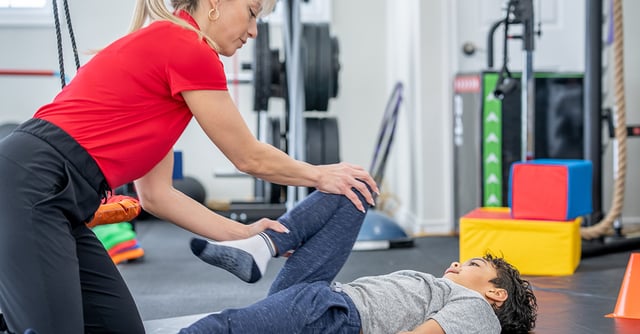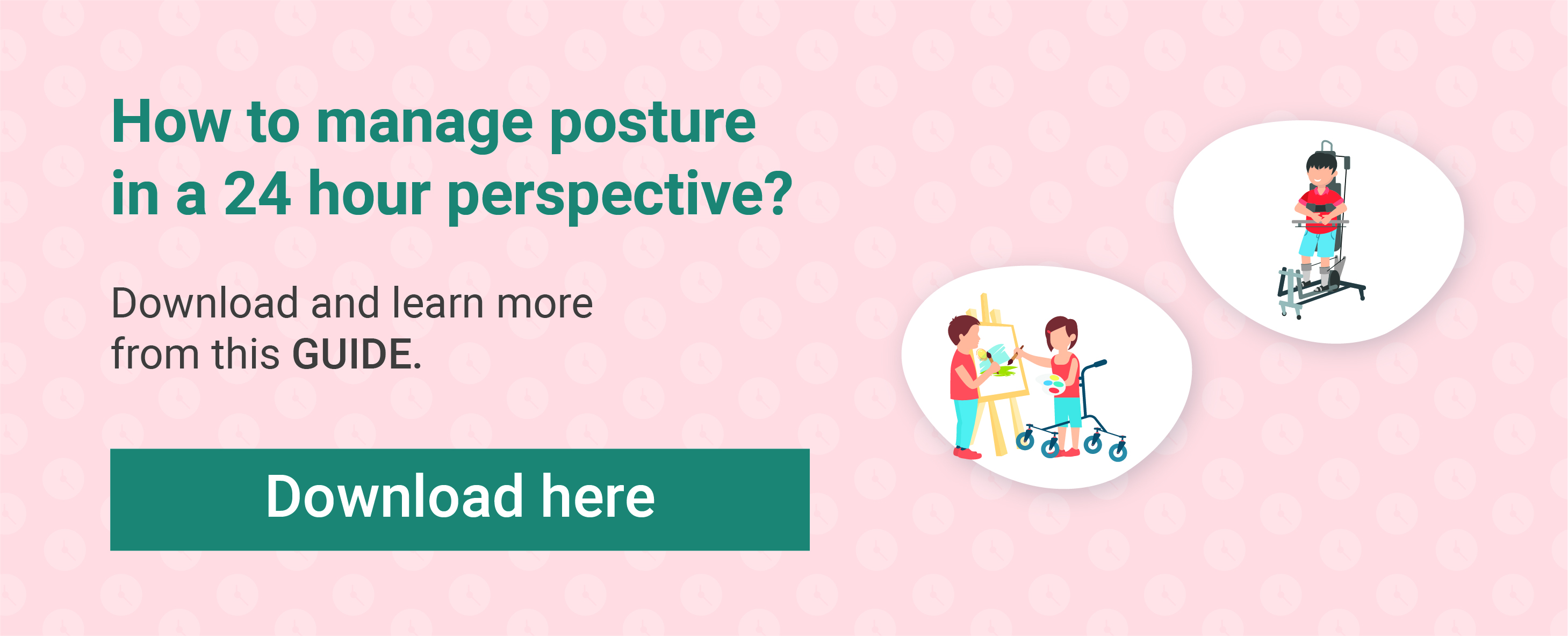
27-Oct-2025Why is hip surveillance in cerebral palsy so important?

Back to Blog Overview
Hip displacement is one of the most common and significant musculoskeletal complications in children with cerebral palsy (CP). It is strongly associated with pain, reduced function, difficulty with hygiene, and decreased quality of life. Early detection through systematic hip surveillance programs can prevent progression to dislocation and reduce the need for extensive surgical procedures.
In this article you will read about:
- Why does hip displacement happen in children with CP?
- How common is hip displacement in children with CP?
- Why do hip surveillance programmes matter?
- Hip Surveillance Protocols
- How often is surveillance done?
Why does hip displacement happen in children with CP?
For most children with cerebral palsy, the hips are normal at birth. Hip problems develop over time because of the way the muscles and bones grow and work together.
- Uneven forces on the hip joint: The muscles around the hip can pull in an unbalanced way, which puts extra pressure on the hip socket. Over time, this can cause the hip to slowly move out of place.
- Spasticity is not the only reason: Many parents think tight or stiff muscles (spasticity) are the main cause, but hip problems can also happen in children with low muscle tone.
- Positioning matters: Children with more severe CP often spend a lot of time in the same position, especially lying on their side at night. This can keep one hip pressed inward, increasing the risk of the hip drifting out of place.
Read more: Why do hip problems occur, and can they be prevented?
How common is hip displacement in children with CP?
Hip problems are fairly common in children with cerebral palsy. In fact, in countries without a hip surveillance program or before surveillance program was introduced, about 35% of the children develop hip displacement.
The likelihood of hip displacement is strongly associated with the severity of motor impairment, as classified by the Gross Motor Function Classification System (GMFCS) describing levels of movement:
- GMFCS I–II: Children who can walk independently are at very low risk (<5%)
- GMFCS III: Children who need a walker or crutches have a moderate risk (15–30%)
- GMFCS IV–V: Children who use a wheelchair most the time have the highest risk (40–90%)
Because the risk increases as mobility decreases, surveillance should ideally begin by age 2, or as soon as CP is suspected, to catch early signs of displacement before symptoms develop.
Why do hip surveillance programmes matter?
Hip surveillance programmes provide a structured and standardised approach to monitoring hip development in children with cerebral palsy (CP). They combine routine clinical assessments with radiographic screening and have been shown to play a crucial role in preventing hip displacement and dislocation.
- Early detection: Hip displacement often develops slowly and may not cause symptoms in the beginning. Through regular X-rays and assessments, even small changes can be identified early, lowering the risk of progression to dislocation.
- Reducing pain and surgery: Detecting hip problems early allows for simpler, less invasive treatments. This helps to avoid painful hip dislocations and reduces the likelihood of needing major reconstructive surgery later on.
- Tailored to the child’s level of mobility: The frequency of monitoring depends on a child’s functional abilities. Children who walk independently require fewer check-ups, whereas those who rely mainly on a wheelchair are monitored more frequently.
- Proven effectiveness: Evidence from national programmes, such as those in Sweden and Australia, shows a dramatic reduction in hip dislocation rates—from around 35% in populations without surveillance to fewer than 1% where structured programmes are in place.
In summary, hip surveillance is an evidence-based and cost-effective approach that significantly reduces the risk of hip dislocation in children with CP. It should be regarded as an essential component of comprehensive care.
Hip Surveillance Protocols
Across many countries (such as Sweden’s CPUP, Australia’s Hip Surveillance Guidelines, Norway’s NorCP, Denmark’s CPOP, and the UK/Ireland’s CPIP), hip surveillance programmes share similar key features.
Clinical Assessments
At regular check-ups, therapists and doctors look at:
- Range of motion
- Pain
- Muscle tone
- Motor function
Radiographic monitoring
- The standard tool is the Reimer’s Migration Percentage (MP), which measures how much of the hip is uncovered on an X-ray.
- Key thresholds:
- MP >30% - hip is “at risk” and needs closer follow-up.
- MP >40–50% - referral to an orthopaedic specialist is usually considered.
Recording of interventions
- Surgery
- Botulinum toxin
- Physiotherapy
- Orthotics
The type of assessments and documentation can vary slightly between different surveillance programmes.
How often is surveillance done?
This depends mainly on the child’s GMFCS level:
- GMFCS I–II: One baseline assessment; further checks only if symptoms appear.
- GMFCS III: X-rays every 12–24 months until skeletal maturity.
- GMFCS IV–V: X-rays once a year or more frequently, starting from around age 2.
In short, hip surveillance protocols help catch hip problems early, guide the right treatment at the right time, and greatly reduce the chance of painful dislocations or major surgery later on.
Resources
- Hip Surveillance and Management of Hip Displacement in Children with Cerebral Palsy: Clinical and Ethical Dilemmas
- Hip survey poster
- Hip displacement and dislocation in a total population of children with cerebral palsy in Scotland, 2022
- The effectiveness of European Hip Surveillance Programmes in the identification and management of hip displacement and hip dislocation in children with cerebral palsy: a systematic review. 2025
- Prevention of dislocation of the hip in children with cerebral palsy: 20-year results of a population-based prevention programme, 2014
Surveillance programs


Rikke Damkjær Moen brings many years of experience as clinical physiotherapist to the Made for Movement team. Her mission is to ensure that everybody, regardless of mobility problems, should be able to experience the joy and health benefits of physical activity. As our Medical Manager, Rikke is passionate about sharing knowledge so that individuals with special needs, families, and clinicians can discover the possibilities and solutions provided by Made for Movement.

